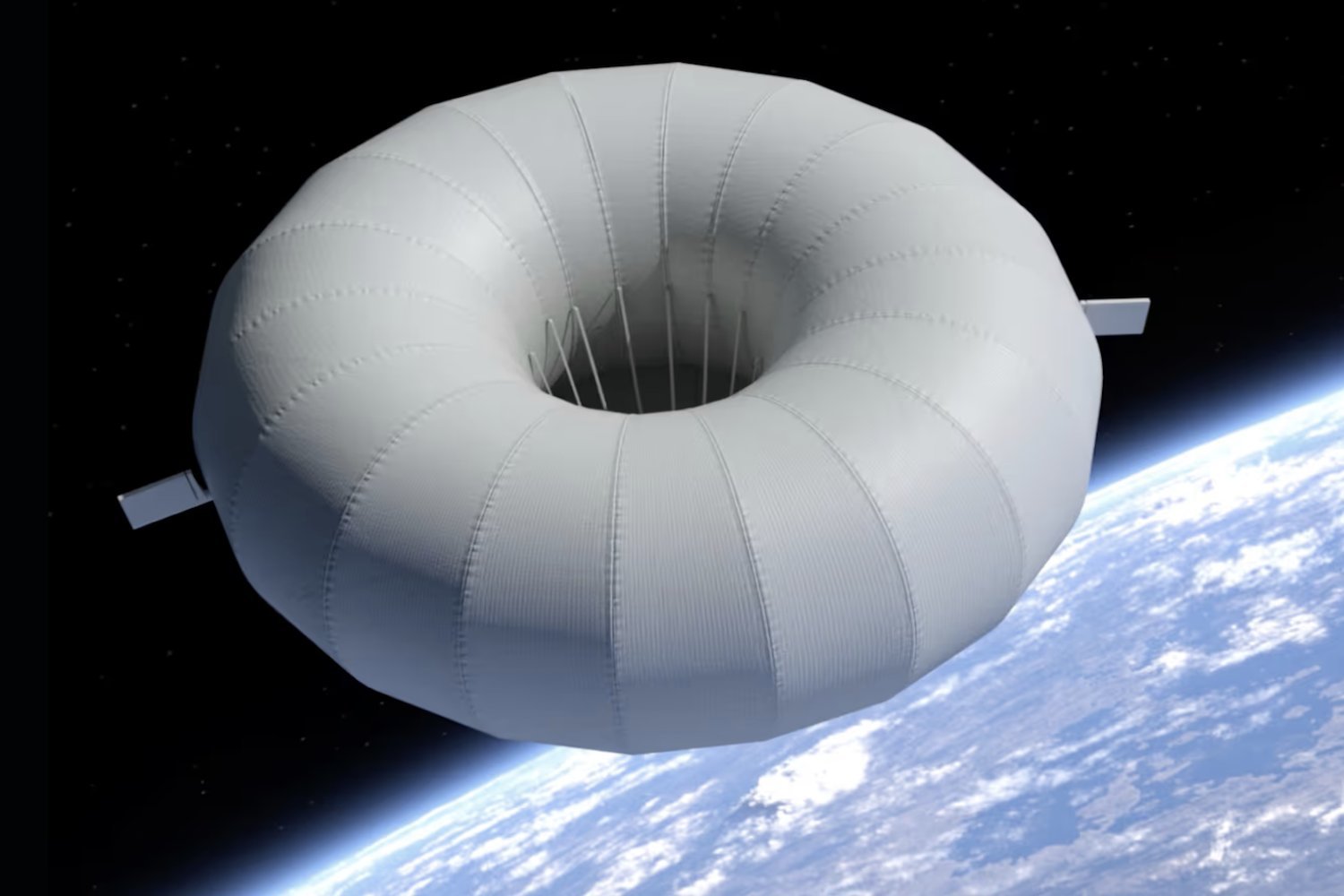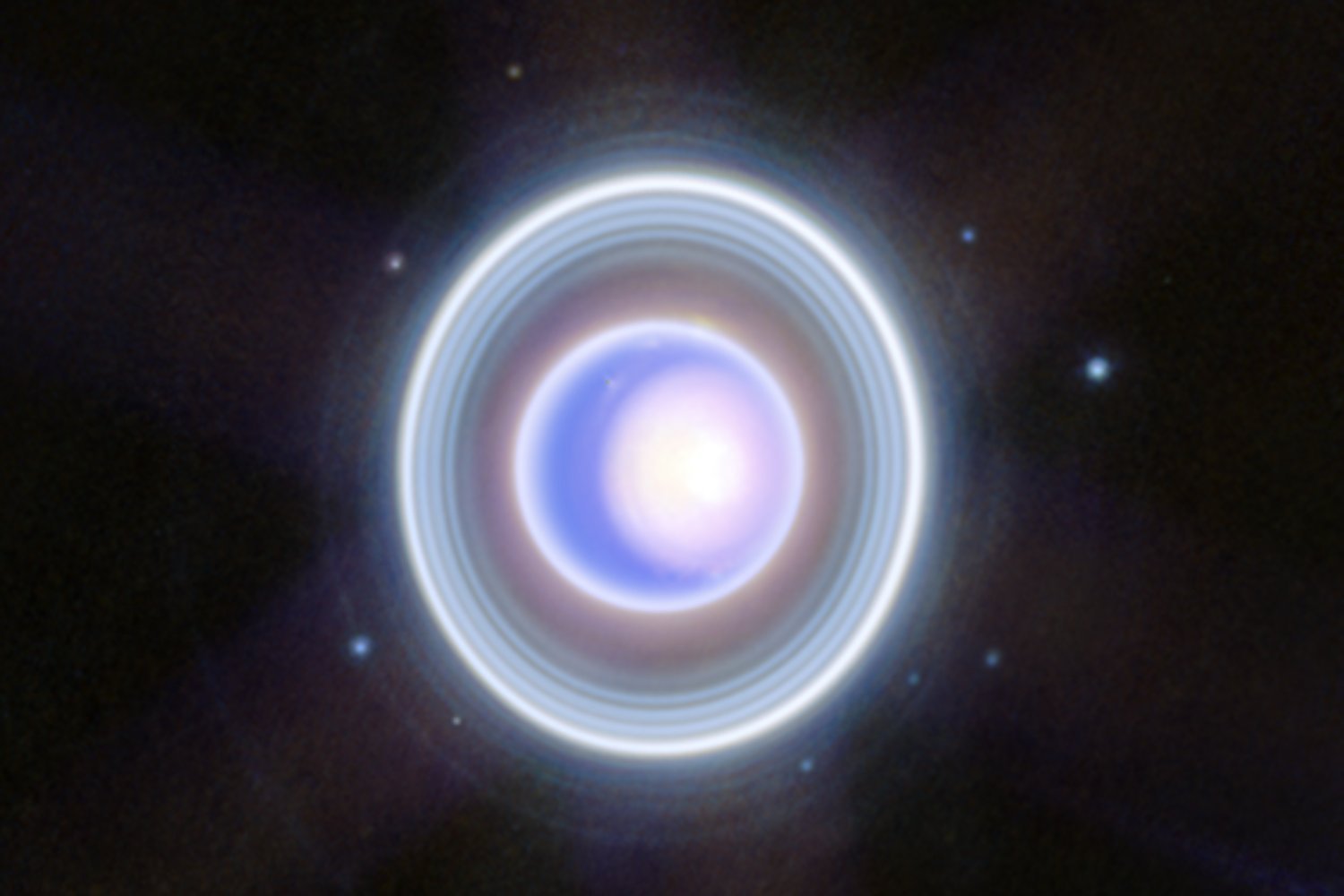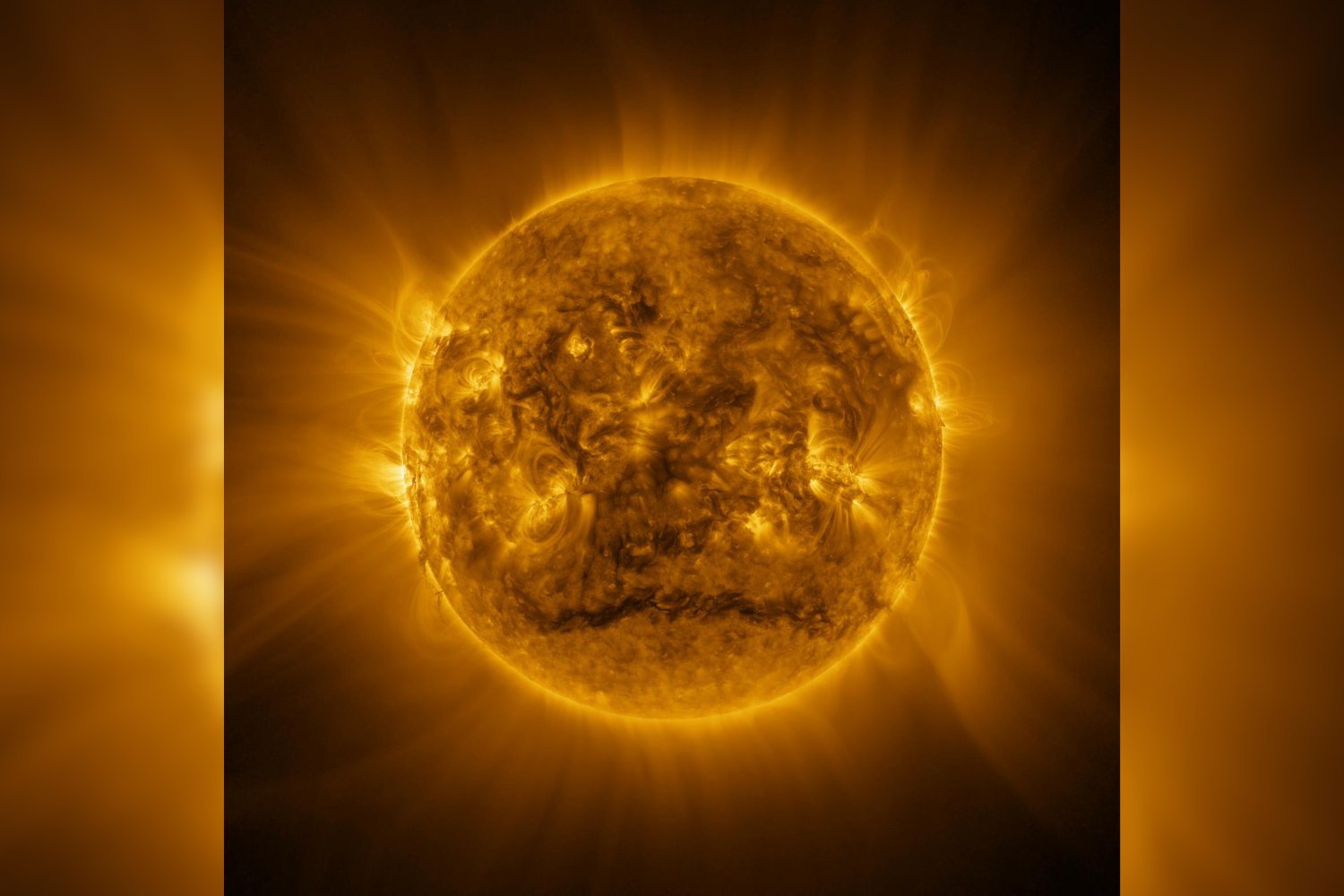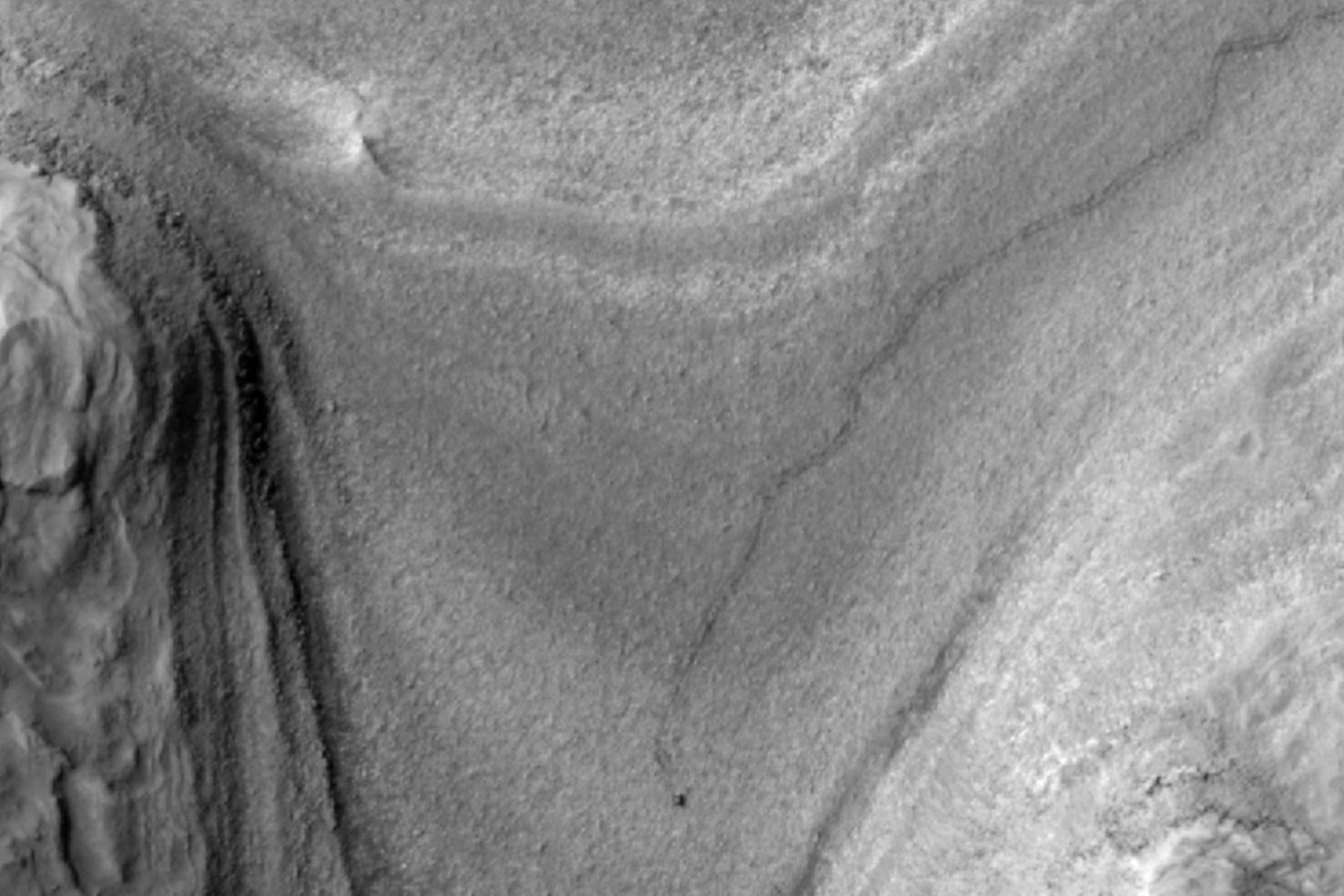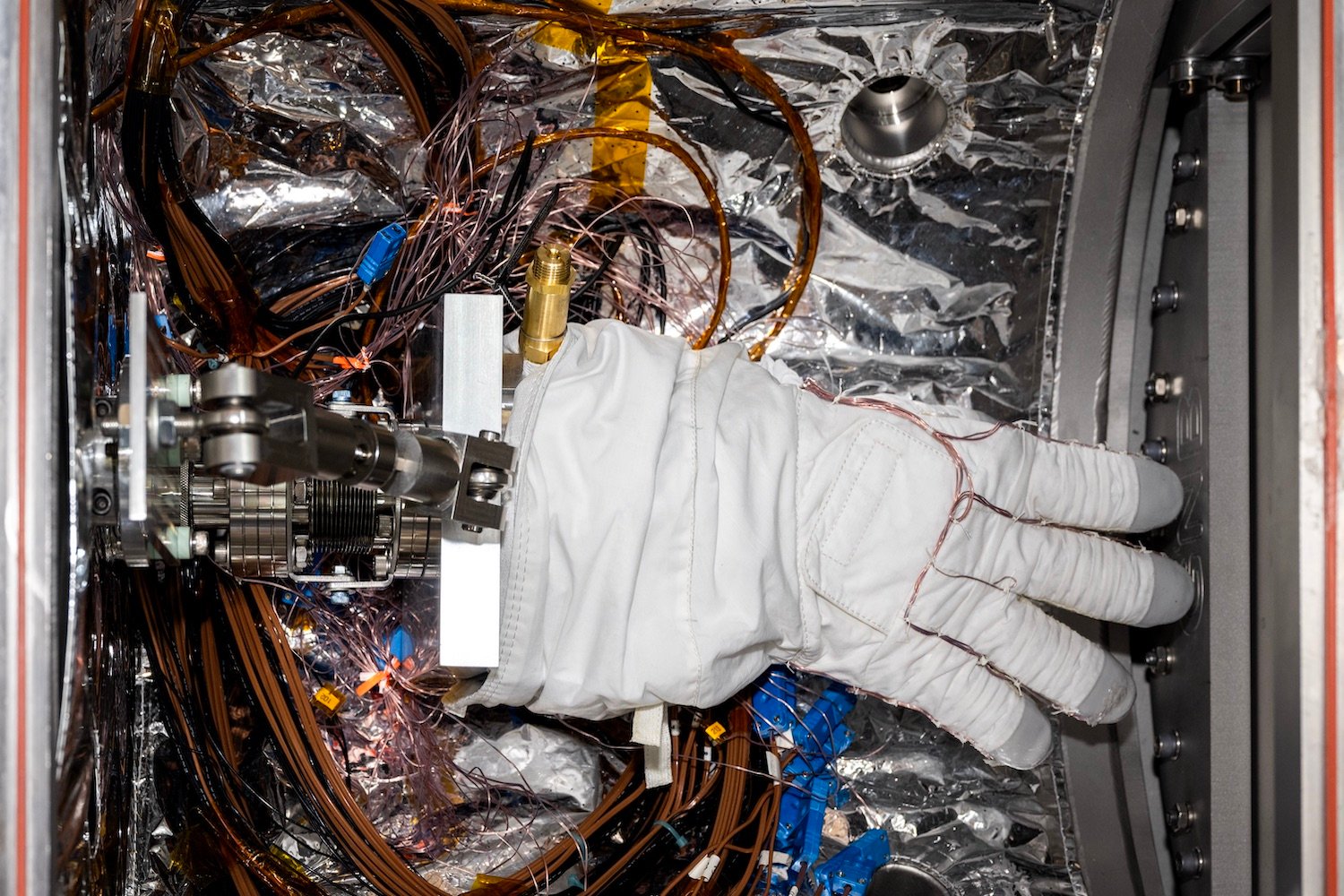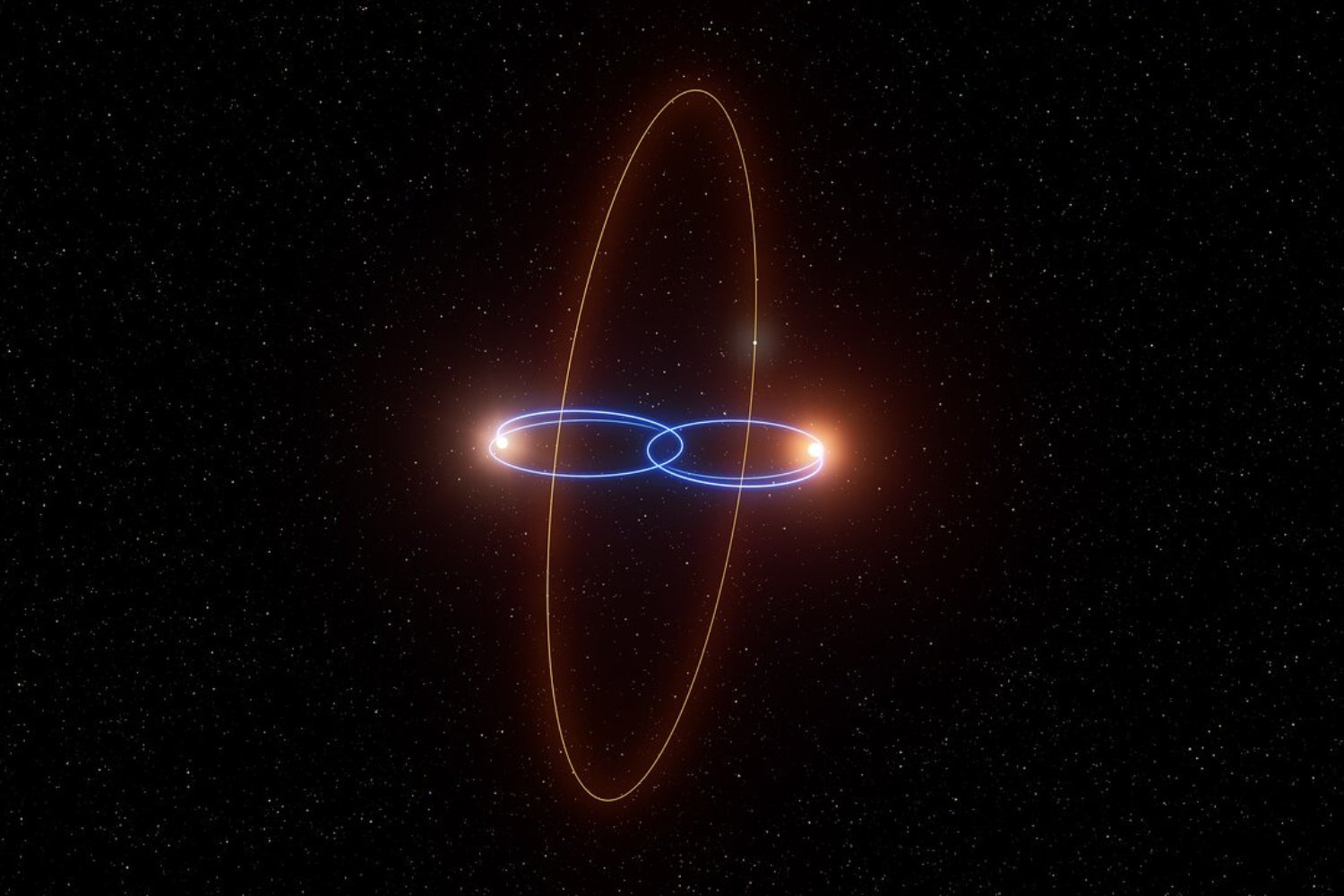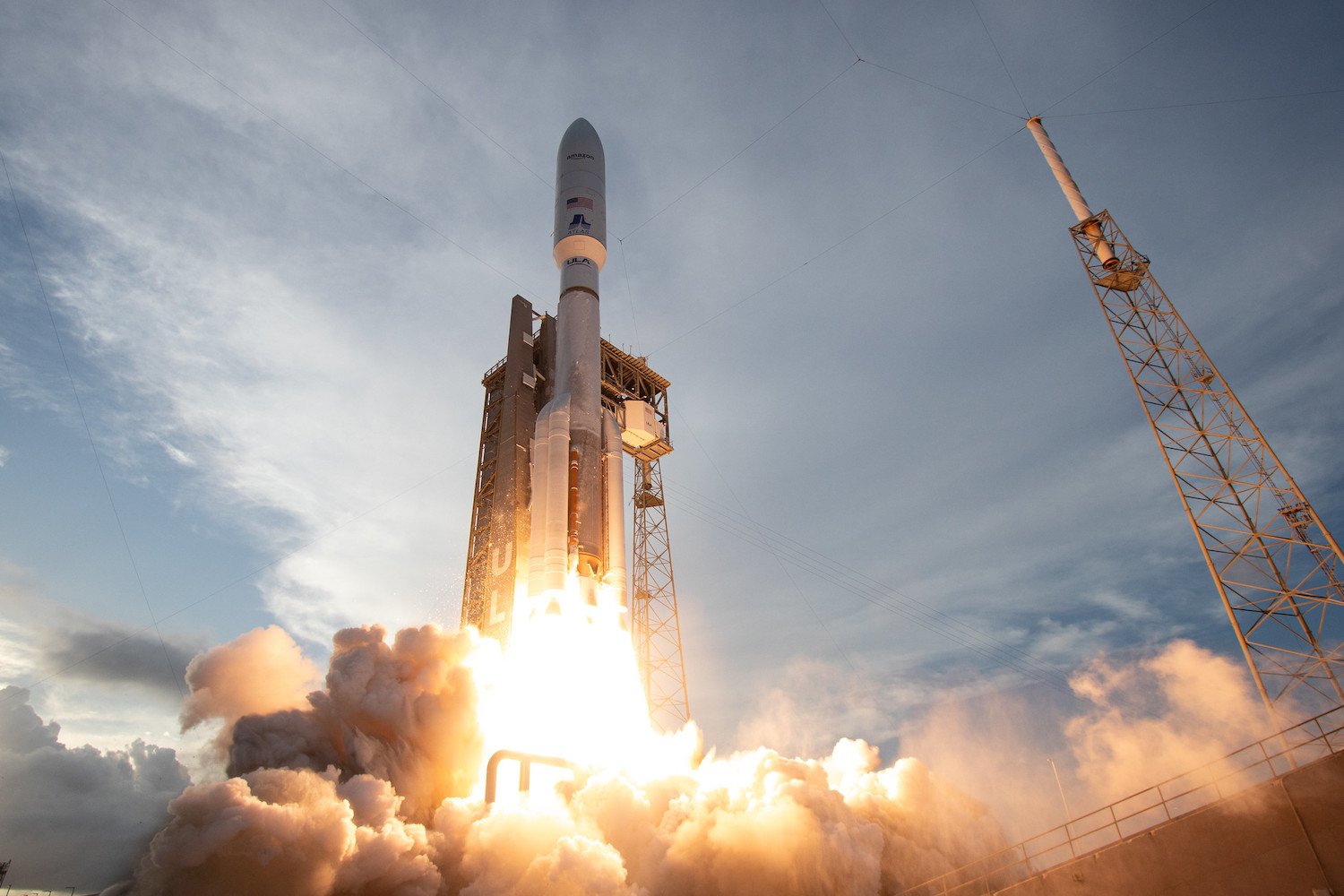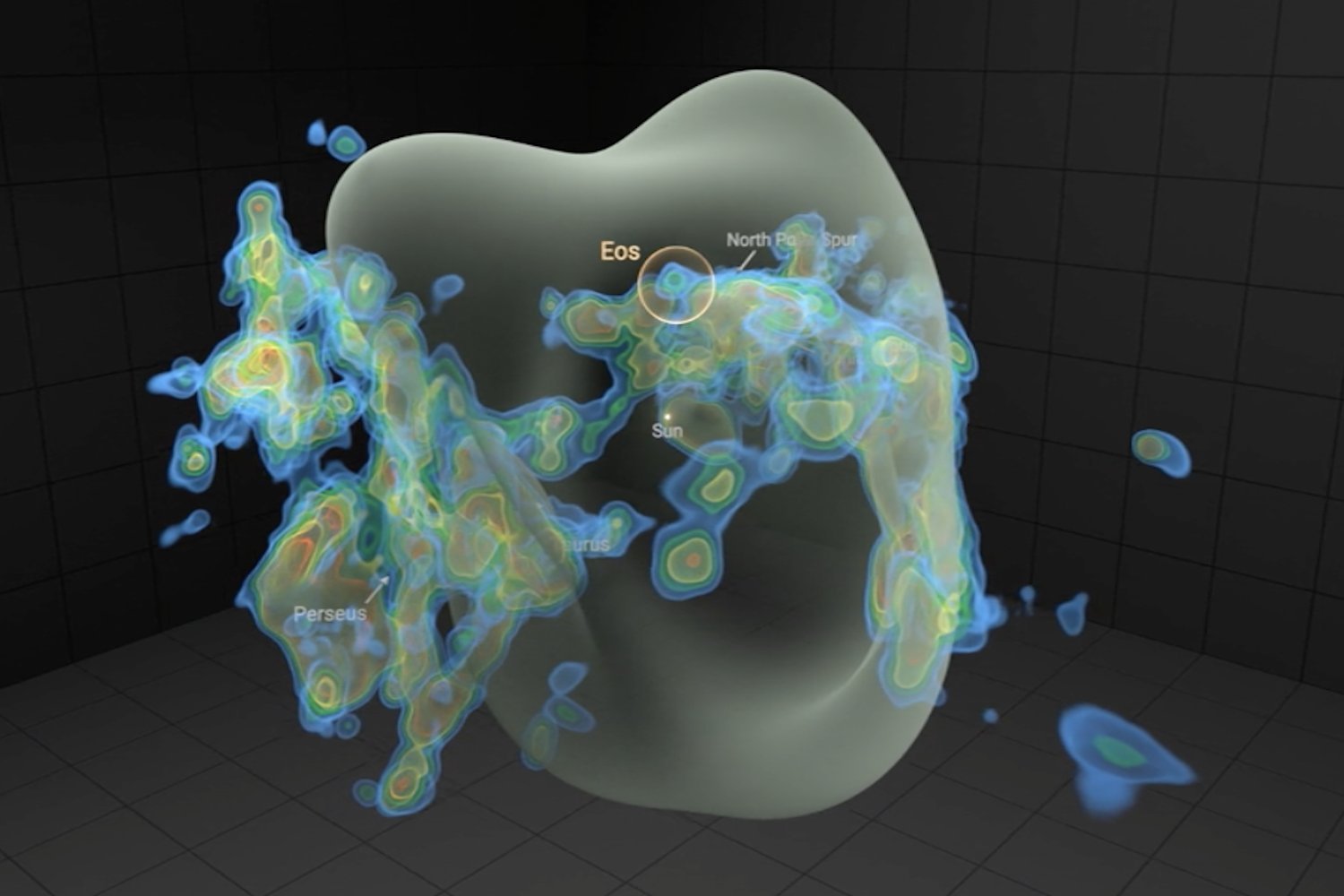The German startup ATMOS Space Cargo recently launched its PHOENIX 1 reentry capsule on a SpaceX rideshare mission. Designed to test the capsule’s heat shield during atmospheric reentry, the mission faced unexpected challenges due to a late-stage change in the launch plan. While the capsule successfully reached space and reentered Earth’s atmosphere, the altered trajectory significantly impacted data collection and recovery efforts.
ATMOS’s PHOENIX 1 launched aboard a SpaceX Falcon 9 rocket as part of the Bandwagon-3 rideshare mission on Monday evening. Approximately two hours post-launch, the capsule began its reentry. However, the splashdown location deviated significantly from the planned target in the Indian Ocean, landing much further off the coast of Brazil in the Atlantic Ocean. This unexpected change prevented ATMOS from recovering the capsule and gathering crucial data and imagery to assess its performance during reentry.
The primary objective of this mission was to evaluate the performance of PHOENIX 1’s heat shield, a critical component for developing a capsule capable of conducting orbital research and safely returning payloads to Earth. ATMOS envisioned using the capsule for future scientific missions and commercial applications. The rideshare mission, while offering a cost-effective launch opportunity, introduced complexities that ultimately affected the mission’s outcome.
Approximately five weeks before launch, SpaceX notified ATMOS of a change in the mission profile due to operational constraints related to the primary payload, a South Korean reconnaissance satellite. This alteration significantly impacted PHOENIX 1’s flight path and reentry trajectory. Initially, ATMOS had established ground stations along the planned trajectory across Africa and Mauritius to monitor the capsule’s reentry and collect data from its heat shield sensors. The new trajectory, however, necessitated a rapid adaptation, forcing ATMOS to establish new ground stations and charter a plane for data collection over a different geographic area.
Despite the challenges, ATMOS was able to receive data from four commercial payloads onboard PHOENIX 1. Initial indications suggest the capsule’s heat shield inflated successfully. However, the greater distance to the splashdown zone, approximately 310 miles (500 kilometers) further offshore than initially planned, hindered data acquisition from the reentry phase. While rideshare missions offer a more affordable route to space for startups, this incident highlights the inherent risks and dependencies associated with sharing a launch vehicle with other payloads. Despite the setbacks, ATMOS CEO Sebastian Klaus expressed optimism during a post-flight press conference, stating that overall the mission was largely successful.



